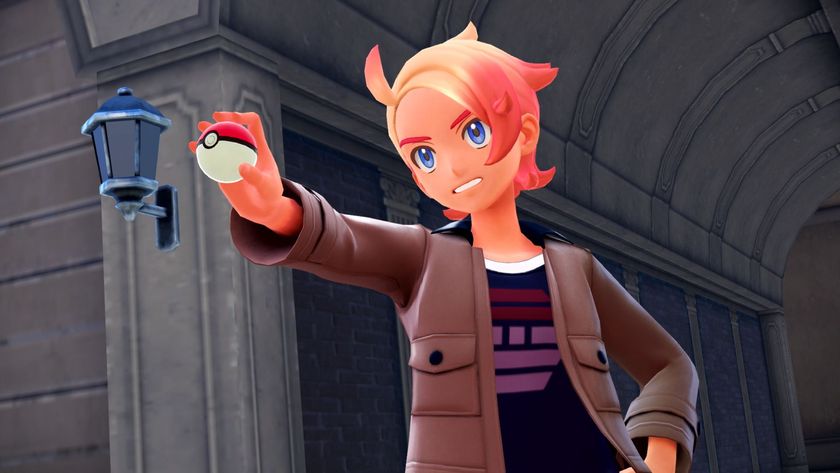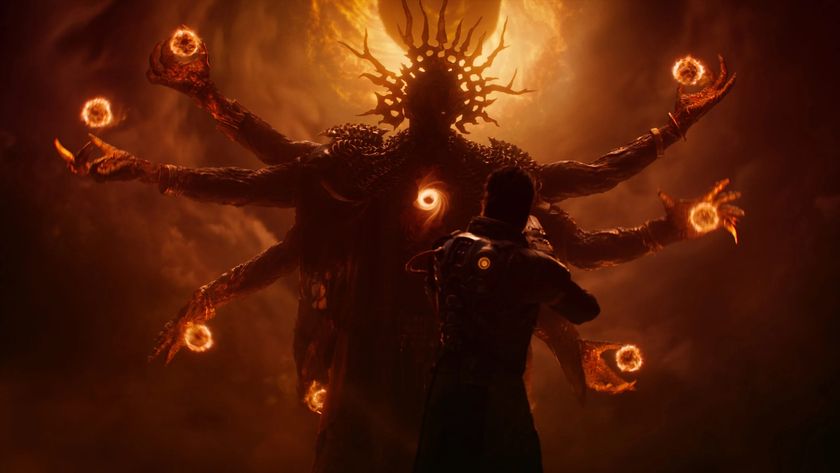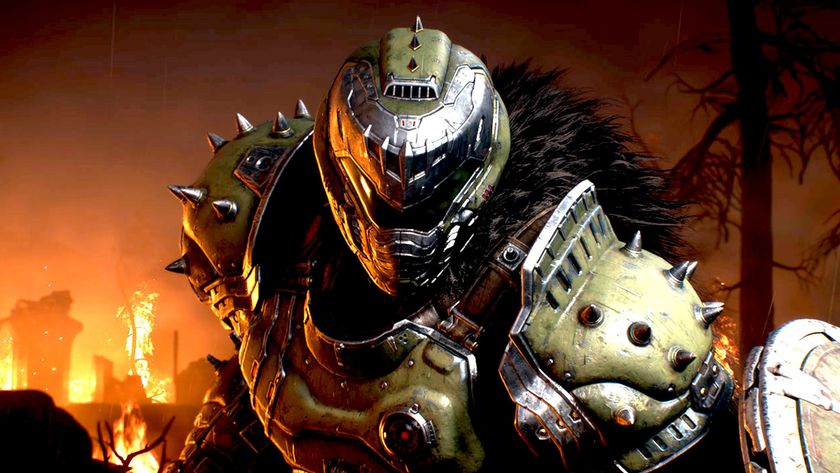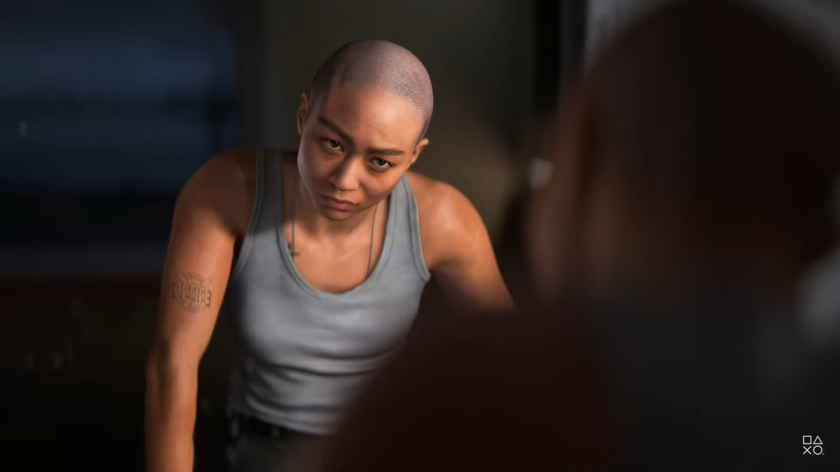Everyday tasks that are way harder in video games

Making it look difficult
Video games are great at making difficult tasks look utterly routine, turning feats of precision like cracking a safe by sound alone into a forgettable mechanic, or something to be glossed over in an otherwise action-packed cinematic. But when games don't elect to outright skip over the boring stuff that normal people like us do every day, characters have a surprising tendency to muck them up royally.
Going through doors without getting stuck, talking to people without the conversation ending in murder, and making a free throw are just a few examples of everyday tasks that tend to utterly flummox otherwise competent video game characters. Not to mention just trying to walk up the side of a hill...

Climbing an incline
How it's done in real life: Have you ever climbed a sand dune? It's really tiring, but even if it's too steep for you to just walk up you can still lean forward and clamber onward on all fours. Regular hills are even easier.
How it's done in games: If it's less than, say, a 45-degree angle, ain't nothin' gonna break your stride. You can walk straight up like you're on your way to the mailbox. But if it's even a a teensy bit greater than 45 degrees, the only place you're going is back to the bottom of the hill, probably after a few seconds of flailing and tumbling like a possessed Raggedy Ann doll. The only way you're getting up that incline is if you can find some slightly less-steep patches to mountain-goat freestyle between. That's assuming you don't slam into an invisible wall on the way there.
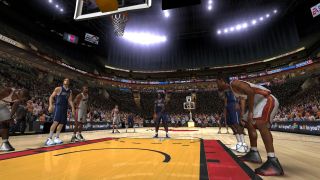
Shooting a free throw
How it's done in real life: Set your feet, bend your knees, and take a few calming breaths. Keep your eye on the back of the rim as you cradle the ball against your non-dominant hand, then sort of slap-push it out in a gentle arc with plenty of follow-through - like you're a cat feeling around on top of the counter for food. Don't let yourself get frustrated, if you try it a few times you're practically guaranteed to find the inside of the net.
How it's done in games: As you wait for your free thrower's unique motion-captured ritual to conclude (dribble, dribble, lick fingers, wipe on jersey, dribble, done), go over all the steps: you want to shoot the ball when the glowing circle is as low as possible over the rim, but only after you've squeezed the left and right triggers to precisely 50 percent of their potential flexion. Once you have the triggers set and the timing accounted for, bring the right stick back and forward again in a swift, perfectly straight line. OK! Next time try to do it without getting called for a delay of game.
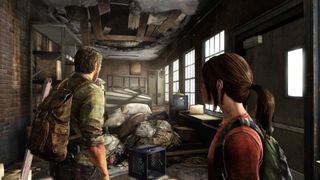
Not falling down holes
How it's done in real life: If you have two working eyes, you have depth perception, nature's gift to navigating three-dimensional spaces. That's not to say you actually have the capability to jump over any given hole, just that you have an intuitive understanding of how far you'd need to go to clear it. You also likely have the uncanny ability to creep along slowly, or maybe even crawl around on your belly if you're really worried about slipping and falling.
How it's done in games: Checkpoints. Lots of checkpoints.
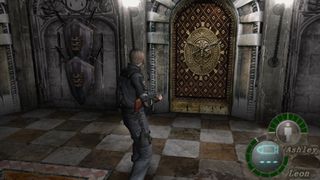
Going through doors
How it's done in real life: Grab handle, rotate handle, pull (or push) door open, walk through. So easy a raptor could do it.
How it's done in games: Make sure you're lined up with the door just right so the context-sensitive "open" option appears on screen, then press the "interact" button to begin the door-opening animation and step through. As the load screen begins, remember that you forgot to check one corner of the room for secret stuff, and begin desperately hoping that this is the kind of door that just has a room on the other side instead of a story-advancing cinematic. If the latter, reassess how much you actually care about finding all the secrets, and eventually give in and restart the last chapter from the beginning.
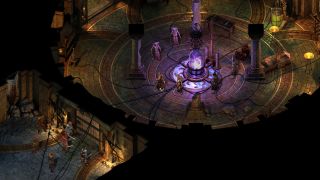
Interacting with people without killing them
How it's done in real life: Make eye contact and smile. Talk about something if there's anything to talk about. Refrain from shooting and/or stabbing the other person.
How it's done in games: Sidle up to an NPC and hit the "interact" button. Depending on how many character points you've invested in your "dialogue" skill, or what sort of tough moral decisions you've made up to this point, you'll have different topics of conversation to choose from. And depending on how the invisible dice roll turns out, that orc general still may not respond to your aggressive negotiation tactics very well, even if you are trying to save his life from your power-leveled, geared-up, and bloodthirsty party members.

Improving your standing with a group
How it's done in real life: Put in some volunteer hours, get to know the membership, and, if it's a charitable organization, maybe sign up for a monthly donation. You'll be a beloved supporter in no time.
How it's done in games: First head to the group's headquarters and see if it has any quests available. Doing those first will hopefully get you far enough along to buy a special members-only scarf which, when wrapped around your neck, diverts all of your experience, currency, and precious, irreplaceable moments of life directly into a reputation bar. Then head out and kill a few thousand creatures the group has some vague feud with. Don't bother counting - you'll know you've slaughtered enough of them when you unlock the next level of scarf.
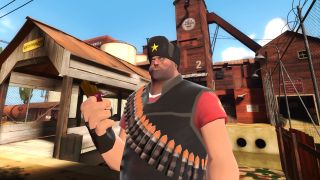
Getting a cool hat
How it's done in real life: Go to a department store and look at the hats. Pick the one you like best and put it on your head to make sure it fits. Buy the hat.
How it's done in games: Here's the good news: the hat is going to fit perfectly, whether you have a tiny gnome noggin or a colossal cranium. But the bad news is that, in most games, hats aren't fashion items so much as they're merit badges. You're going to have to prove your worth in countless tests of wits and determination before you're allowed to wear even a really crummy one... or you could just buy one from the cash shop. Which is even easier than real life, I guess, because you don't have to go to the store. Hm.

Driving a car without getting into an accident
How it's done in real life: Check your mirrors regularly and keep a good buffer of distance between yourself and the car ahead of you, especially at freeway speeds. Obey all traffic laws and always use your turn signals!
How it's done in games: Oh dammit, the mission dude wants this car delivered in perfect condition. Alright, no problem, it turns out this game has speeds between "park" and "eyelids flapping in the wind, so go ahead and try them out. Also, make sure you actually stop at red lights. Also don't swerve into oncoming traffic or sidewalks just because the person ahead of you isn't speeding. Also just set your GPS to a repair shop near the drop-off point and frickin' punch it, already.

Taking care of your kids
How it's done in real life: To be fair, "easy" probably isn't the right word here. Few endeavors are more physically, mentally, and spiritually challenging than raising children... but on the other hand, humans have been rearing their young for thousands upon thousands of years. Just try your best and, like, four times out of five they'll turn out fine. Or at least alive.
How it's done in games: About that whole "alive" thing.
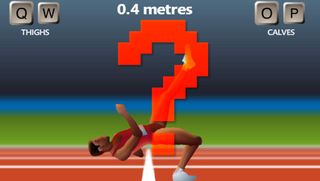
Easier said than done
With all those everyday tasks plaguing video game characters, it's no wonder that most games often gloss over the mundane bits as much as possible. But there are still many more rough patches to trip up (often literally) otherwise competent protagonists. What are some of your favorite examples? Let me know in the comments!
On the flipside, make sure you check out common video game tasks that are way harder in real life, and unrealistic realism in video games.

I got a BA in journalism from Central Michigan University - though the best education I received there was from CM Life, its student-run newspaper. Long before that, I started pursuing my degree in video games by bugging my older brother to let me play Zelda on the Super Nintendo. I've previously been a news intern for GameSpot, a news writer for CVG, and now I'm a staff writer here at GamesRadar.

